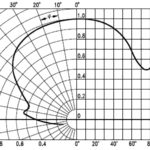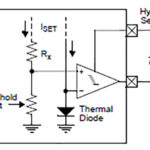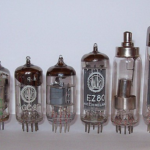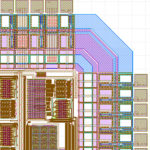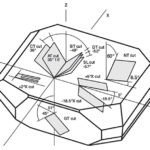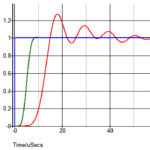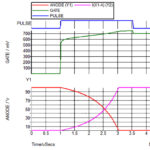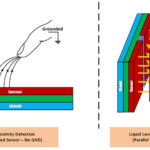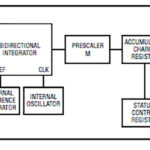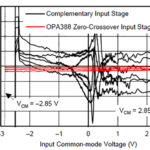I have touched on light sensing methods and the amplification of the signals from them in the past, but at a more fundamental level, how do you choose one? What parameters are important? The answer depends, among other things, on the light source (focused or not), the amount of light and its color. Focused or […]
Six considerations for better circuit protection
In an electronic system where the power source can be connected the wrong way round, protection should be considered to prevent damage to the circuitry. Most electronic circuits don’t like the power supply being reversed. However, there are other eventualities you could protect your circuit or system from temperature, humidity, excess current or excess loading, […]
Component Obsolescence: more than a case of “you might also like…”
I have faced the problems of component obsolescence from my very early experiences of electronics design. In some cases it can be trivial — a transistor being discontinued and a suitable alternative easy to find. However, that is not always the case. Even a simple transistor replacement could result in PCB changes being necessary if […]
Top 10 Electronics Inventions
I don’t mean the transistor radio or mobile phone, but electronic devices and circuits that have been significant and enduring. Some are not necessarily “inventions”, depending on how you define an invention, but significant designs, devices or techniques. It will depend on your area of interest (and age). You might think the GaAsFET was the […]
Mechanical vibration for electronics: the quartz crystal
It is now 100 years since Alexander Nicholson at Bell Telephone Laboratories built and patented the first crystal oscillator, and crystals are still the main source of accurate oscillations up to UHF frequencies using quartz instead of Rochelle Salt (see US patent 2212845). Quartz crystal oscillators use the piezoelectric effect. The piezoelectric effect refers to […]
The importance of Fourier Transforms
I have mentioned Fourier transforms in other posts but it is probably worthwhile explaining more about Fourier transforms in order to show why I think they are so important to analog signal processing. You may come across several theorems containing the name “Fourier” such as the Fourier Series, Fourier Transform, Fourier Integral and Fourier Analysis. […]
Not to be forgotten: the simple, bipolar SCRs and TRIACs
Thyristors or silicon controlled rectifiers (SCRs) and TRIACs are simple bipolar devices which probably get forgotten in this high-tech, CMOS, MOSFET, digital world. A thyristor is a PNPN bipolar device, compared to a normal bipolar transistor which will be PNP or NPN. A common way of explaining their operation is to visualize the thyristor as […]
Put your finger on it: capacitive touch switching
Rather than a physical switch it is now common to use “touch” switches to interface to many types of electronic equipment. Smartphones are an obvious example but touch switches are now in cars, oscilloscopes, ovens and many other types of industrial and consumer electronics. A touch screen will usually be a specialized screen with a […]
Power Status: battery monitors matter
For battery powered systems it can be useful to know something about the state of the battery in order to predict remaining battery life. With specific charge/discharge information, you could also manage battery consuming resources to maximize battery life. There are integrated circuits to help with either approach. For simple charge or discharge information, a […]
Are your op amps pumped?
I was recently thinking about the issues surrounding rail to rail input opamps and the problems of making them low distortion – a problem I have had to overcome when designing integrated circuits for instrumentation applications. Some rail to rail opamps use two input stages – one using NMOS input transistors, the other using PMOS […]
The post Are your op amps pumped? appeared first on Analog IC Tips.

